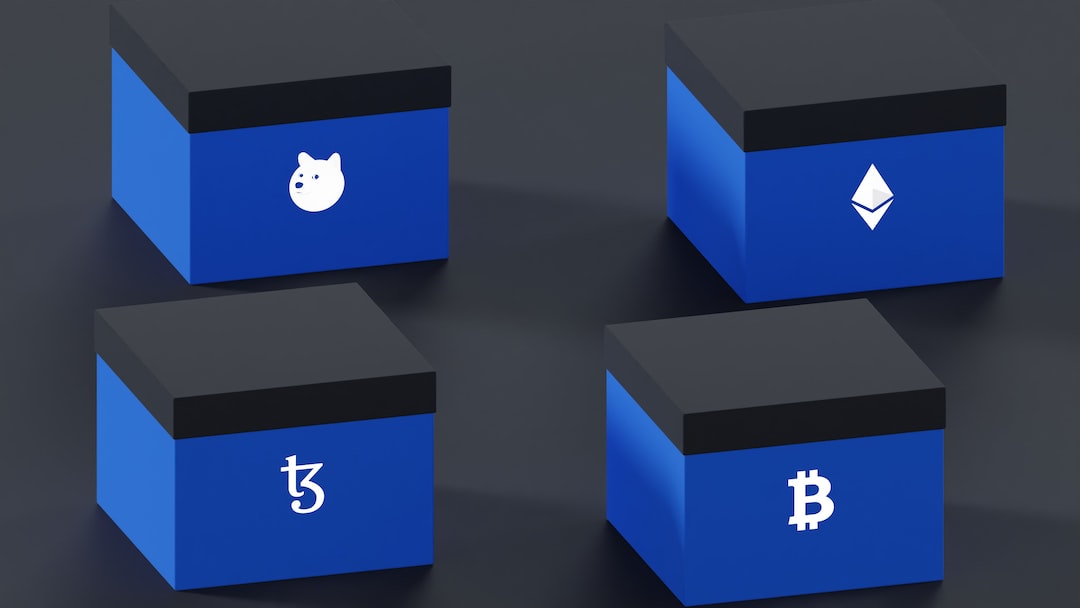Understanding Ethereum Gas Fees
If you’ve been involved in the world of Ethereum, you’ve probably heard about Ethereum gas fees. These fees are an essential part of the Ethereum ecosystem as they impact transaction speed and cost. In this guide, we’ll explore what Ethereum gas fees are, how they work, and the factors that influence their fluctuations. We’ll also provide a historical perspective by looking at the all-time highs and lows of gas fees.
How Ethereum Gas Fees Work
Ethereum gas fees are the costs associated with executing transactions and smart contracts on the Ethereum blockchain. These fees are denominated in a unit called “Gas,” which measures the computational work required for a transaction or contract. The total cost of a transaction is calculated by multiplying the Gas price (denominated in Ether) by the amount of Gas used.
Users can specify the Gas price they are willing to pay for their transactions. Miners prioritize transactions with higher Gas prices because they offer greater rewards. The amount of Gas used depends on the complexity of the transaction or smart contract.
Factors Influencing Ethereum Gas Fees
Several factors contribute to the fluctuation of Ethereum gas fees:
- Network Congestion: When there is high demand for Ethereum’s services, such as during ICOs or DeFi yield farming frenzies, gas fees tend to surge due to network congestion.
- Gas Price Auction: Ethereum uses an auction system to determine which transactions get processed first. Users compete by setting higher Gas prices, especially when the network is congested.
- Smart Contract Complexity: More complex smart contracts require more computational work and consume more Gas, leading to higher fees.
- Ethereum Upgrades: Upgrades like Ethereum 2.0 aim to improve scalability and reduce fees, but their impact may not be immediately apparent.
- Market Speculation: Traders and investors speculating on Gas fees can cause sudden and unpredictable price spikes.
Historical Perspective: All-Time Highs and Lows
Looking at the historical evolution of Ethereum gas fees provides insights into their volatility and growth:
All-Time High (February 23, 2021): During the DeFi boom and NFT craze, gas fees reached astronomical levels, making transactions prohibitively expensive for regular users.
All-Time Low (Pre-2015): In the early days of Ethereum, gas fees were negligible due to low network usage. As Ethereum gained popularity, fees started increasing.
Current Gas Fee Trends (2023): Gas fees have become more manageable on average since the previous all-time high. Ongoing upgrades and the transition to Ethereum 2.0 aim to further reduce fees and improve scalability.
Conclusion
Ethereum gas fees are crucial for the Ethereum blockchain, incentivizing miners, allocating resources, and preventing spam attacks. Understanding how they work and the factors influencing their fluctuations is essential for anyone using Ethereum. While there have been extreme highs and lows in gas fees, ongoing upgrades provide hope for a more scalable and affordable ecosystem in the future. Keep an eye on gas prices and network conditions to optimize your Ethereum transactions.
Hot Take: The Future of Ethereum Gas Fees
Ethereum gas fees have been a topic of concern for many users due to their volatility and high costs during peak periods. However, with ongoing upgrades and the transition to Ethereum 2.0, there is hope for a more efficient and affordable gas fee system. These changes aim to improve scalability and reduce fees, making Ethereum a more accessible platform for users. While gas fees may still fluctuate depending on network demand and usage, the long-term outlook suggests a more favorable environment for Ethereum transactions. As Ethereum continues to evolve, it’s important for users to stay informed about gas fees and take advantage of any improvements in the ecosystem.





 By
By
 By
By
 By
By

 By
By
 By
By